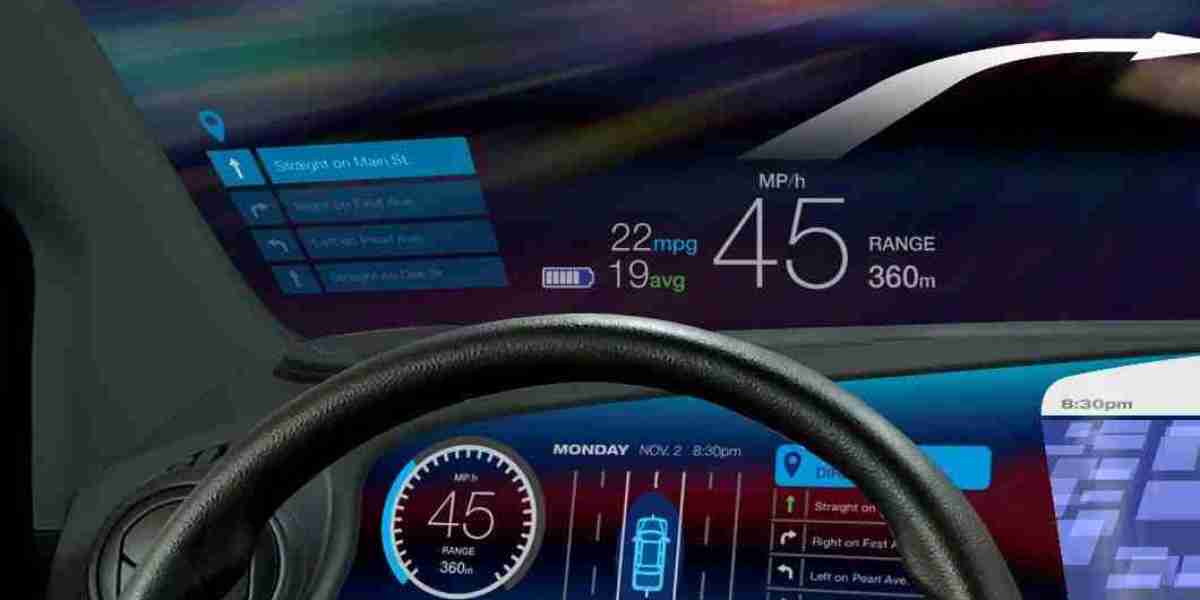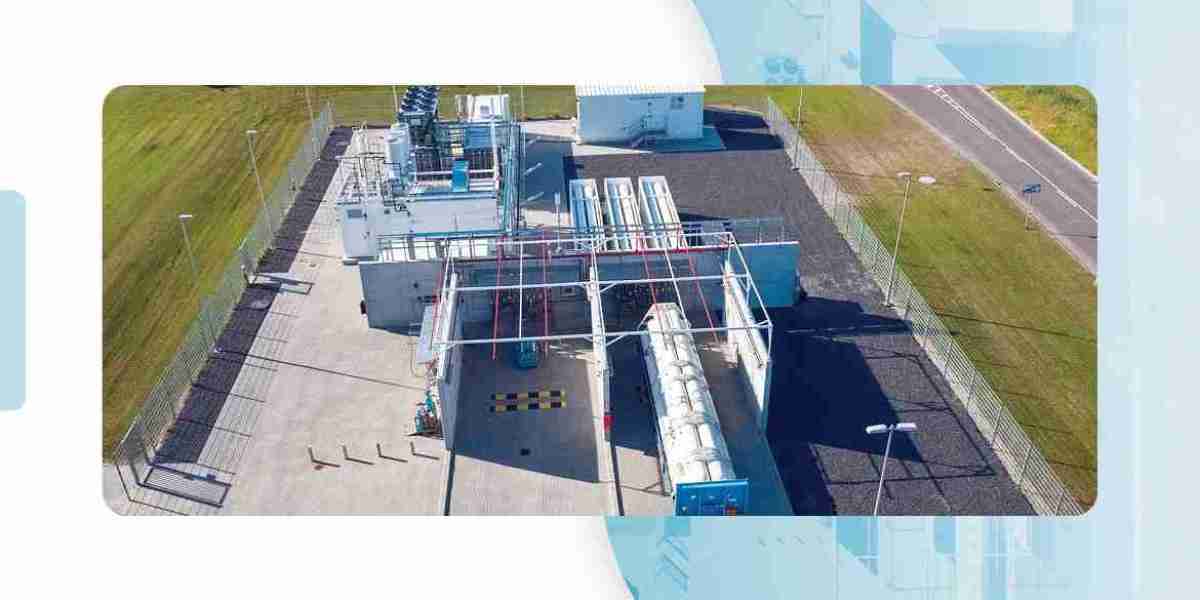The automotive display units market is witnessing significant advancements in automotive head-up displays (HUDs), which are rapidly becoming a central component in modern vehicles. HUD technology, once seen as a luxury feature, is now increasingly being adopted across a wide range of vehicles due to its ability to enhance driver safety, convenience, and overall driving experience. These displays project crucial information directly onto the windshield, allowing drivers to access data such as speed, navigation, and safety alerts without taking their eyes off the road.
Rise of Augmented Reality in HUDs
One of the most significant trends in automotive HUD technology is the integration of augmented reality (AR). AR-enhanced HUDs project real-time data and visualizations onto the windshield, making it easier for drivers to process critical information. For example, AR can display turn-by-turn navigation instructions on the road, pointing out landmarks and directional cues directly in the driver’s line of sight. This reduces distractions and ensures that drivers are more aware of their surroundings, improving both convenience and safety.
AR HUDs also enhance safety by highlighting potential hazards, such as vehicles in blind spots or obstacles ahead, in a visually intuitive manner. These systems rely on advanced sensors, cameras, and AI to provide an augmented view of the environment, allowing the driver to make informed decisions quickly.
Shift Towards Wider and Larger HUD Displays
Another key trend in the automotive HUD market is the move towards larger, wider displays. Traditional HUDs used a small display projected onto a specific section of the windshield, but modern systems are shifting towards larger and wider displays that offer more comprehensive information. These expanded displays can project more details, including vehicle status, multimedia, and more interactive navigation data, making the driving experience more intuitive.
Larger HUDs also allow for better integration with other in-car technologies, such as infotainment systems, advanced driver-assistance systems (ADAS), and autonomous driving features. With wider screens, manufacturers can offer more customizable display layouts, enabling drivers to tailor the information to their preferences, further enhancing the user experience.
Integration with Driver Assistance and Autonomous Systems
The growing adoption of advanced driver-assistance systems (ADAS) and the transition towards autonomous driving are driving further innovation in HUD technology. HUDs are increasingly being integrated with ADAS features such as lane-keeping assistance, collision warnings, and adaptive cruise control. These systems display relevant alerts directly on the windshield, providing real-time feedback to the driver to support safer driving.
In semi-autonomous and autonomous vehicles, HUDs will play an even more crucial role. These systems will display critical information related to vehicle status, the environment, and the driver’s engagement level with the vehicle's autonomy. The HUDs of the future will offer comprehensive visualizations, providing the driver with real-time data about road conditions, vehicle sensors, and other autonomous systems' functions, all of which contribute to the vehicle's decision-making process.
Increased Focus on Enhanced Visuals and Display Quality
As automotive displays become more sophisticated, there is an increased emphasis on improving the visual quality of HUDs. The focus is on achieving higher resolution, better color accuracy, and increased contrast to ensure that displayed information is clear and easy to read under various lighting conditions. This includes improvements in display brightness, particularly for use in bright daylight conditions, where clarity is crucial for the driver’s visibility.
HUDs are also benefiting from the use of OLED and laser technologies, which offer better visual performance, deeper blacks, and more vibrant colors than traditional display technologies. As the demand for high-quality visuals in the automotive sector rises, these technologies are being incorporated into HUDs to create a more immersive and effective display system.
Adoption of Multi-Layer HUDs
The next generation of HUDs will likely feature multi-layer display systems. These systems allow for the projection of different layers of information, enabling more complex and informative visualizations. For example, one layer may display basic driving data, while another layer could show navigation or entertainment content. This innovation helps prevent information overload by organizing data in a way that allows the driver to focus on the most critical elements.
The ability to display multiple layers of information simultaneously is particularly useful for autonomous or semi-autonomous vehicles, where the driver may need to monitor multiple systems at once. Multi-layer HUDs will allow drivers to see essential driving information while keeping an eye on autonomous vehicle status, alerts, and navigation instructions in a more efficient manner.
Cost Reduction and Increased Affordability
While head-up displays were once considered an expensive feature, advancements in display technology and manufacturing processes are driving down costs, making HUDs more affordable and accessible across a broader range of vehicles. As technology becomes more scalable and automakers adopt HUDs in lower-cost models, these displays will become a common feature in many vehicles, from luxury cars to mass-market models.
This reduction in costs also drives further competition among automotive display manufacturers, leading to more innovation and higher-quality products at more competitive prices. As HUDs become more prevalent, consumers will benefit from better performance, more customization options, and improved overall value.
Final Thoughts
The automotive display units market is experiencing significant growth, driven in large part by the advancements in head-up display technology. AR-enhanced HUDs, larger and more interactive displays, and increased integration with driver-assistance and autonomous systems are among the key trends shaping the future of automotive displays. As these technologies continue to evolve, the role of HUDs will become increasingly important in enhancing safety, convenience, and the overall driving experience, making them an essential feature in modern vehicles.




